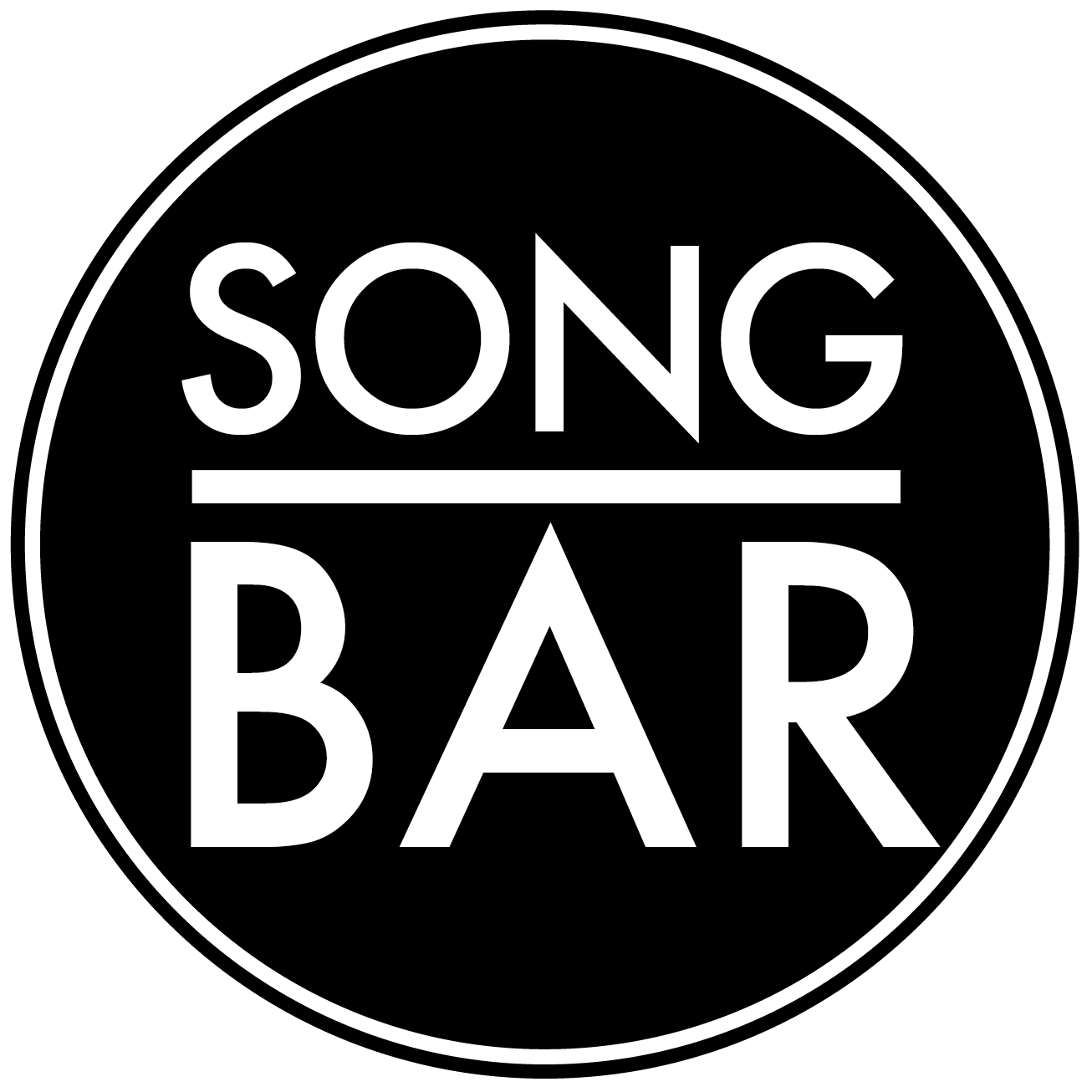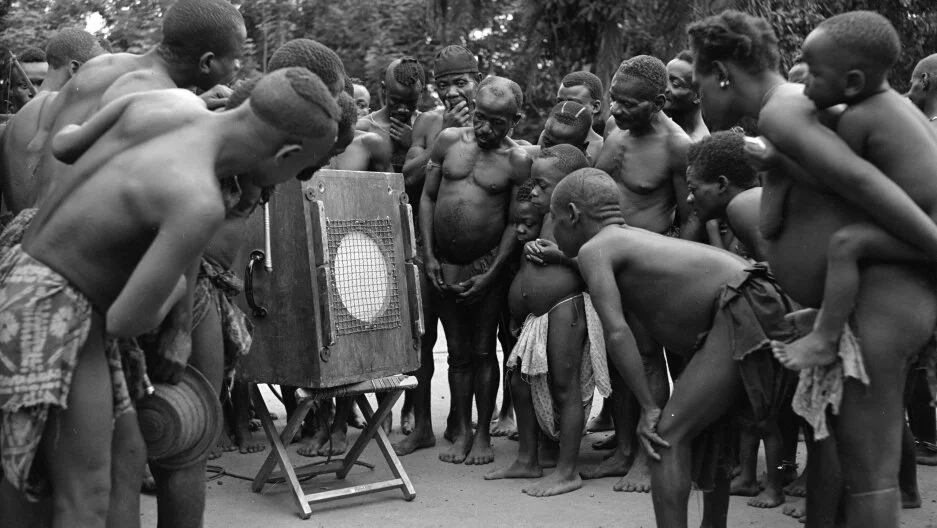By The Landlord
“If you like an instrument that sings, play the saxophone. At its best it's like the human voice.” – Stan Getz
“My uncle gave me a trumpet, but I loved the Louis Armstrong and the Harry James sound. I played by ear and I played always soulful or very direct from the gut.” – Dick Dale
“The range of the cello is so big, it can play as low as the double bass and as high as the violin. It has the perfect shape, and its sound is the closest to the human voice.” – Luka Sulic
“The cello is such a melancholy instrument, such an isolated, miserable instrument.” – Ritchie Blackmore
From the gruffest, grumbliest, deepest, get-down-dirtiest old growl to the mid-range yowl of a melancholy vowel, to the purest, highest, most ethereal white-light, unwaveringly angelic tone, musical instruments can sometimes appear to ‘sing’ or even ‘talk'. And so can the voice of course, but being the most diverse of all instruments, it can do the reverse of what how we might expect it to sound. This week then, we’re blurring the sonic boundaries, twanging the sinewy note and wobbling the throat, to explore songs and instrumentals where the timbre of each playfully venture onto each others’ territory.
Could this be more likely about instruments sounding human? Perhaps, but let’s open with an example of both, previously chosen for the topic of dialogue, and also profiled on Song of the Day, in which Tom Waits has an exchange with real-life old buddy Bette Midler. They are accompanied by some light piano, but in particular by the saxophone which hovers and dances around them, and in this lyrical setting of two characters flirting in a bar, there is a magical effect. Waits’s voice, as is often the case, has a growling deep sax quality, but in particularly Midler’s vocals mimic the higher notes of saxophone and vice versa, in a series of calling and repeating phrases, as well as in the timbre. Her vocal melody and, as well as its rhythm adds an extra conversational dimension, and itself feels and feels like a chatty saxophone solo.
So it is not only in the sound that examples can be found this week, but also enhanced by the notes themselves, in the phrasing, where, for example, an instrumental riff repeats, or calls back to the vocal, making an obvious musical comparison in melody as well as or instead of timbre.
We’ve previously touched on the echoed topic of musical onomatopoeia in which, as well as lyrical elements that sound like what they describe, instruments might mimic machines or other things, and what came out of that most of all was the sound of animals. But this week we’re concentrating on the sound of a person. But what instruments most resemble the human voice?
Organology is the science of how musical instruments produce sound. Because the larynx and vocal cords combine with air passing through them, it would be sensible to put woodwind or brass as more likely extensions or substitutes for the voice. So might that be the trumpet, or cornet, especially when played with a mute, the trombone or tuba, or for higher voices perhaps the flute, the oboe, or the cor anglais, and for the fuller range the alto or tenor saxophone, be most likely? In studies graphically comparing timbres of various instruments and the voice this could well be the case.
And there a many physical parallels between how the voice produces its sound and those of lip-vibrated aerophones, such as the trumpet. The player’s lips create a periodic disruption of the air inside the instrument, making soundwaves shaped by both the trumpet and the player’s vocal tract, behind the lips. In parallel a singer’s breath inside the vocal tract is disrupted by the vocal folds, also known as cords, and these soundwaves are shaped by the throat, mouth, tongue, teeth, and lips. A trumpet player’s lips flapping at high speed in a very similar muscular way to the vocal folds. Our vocal folds resemble some kind of red alien monster, but can produce wondrous sounds.
Of the great trumpet players, Miles Davis might come to mind, but also artists who sing. Louis Armstrong combines the pure and dirtier sounds between his vocal growl and beautiful playing. Chet Baker meanwhile, whose voice, and most everything else was destroyed by his drug habit, possessed a vocal ability that mimicked the purity of his trumpet playing.
So these week’s suggestions might bring into play an variety of brass or woodwind instruments whether choirboy flute, nasal oboe or gruff trombone. But what of strings, far more distant from our physical vocal mechanism?
Depiction of the great luthier Antonio Stradivari
It is thought that the great European luthiers of the 17th and 18th century, most notably Antonio Stradivari, constructed violins, as well as the viola (or viola da gamba) as instruments to sound like, and also complement the soprano or mezzo soprano voice. The very best of course, not on had a perfect ear and timeless craftsmanship, but also had access to a European maple wood that had hardened to perfection due to a so-called little ice age that began around 1400, creating a purest sonic miracle out of great graft and hardship. Here’s another study:
The cello has a range that’s even greater, matching a male or lower female voice. “It is the closest instrument to the human voice, and the things you can do on the cello... there are endless possibilities,” says the Croatian player Stjepan Hauser.
Yo-Yo Ma, the American player born in Paris to Chinese parents and grew up as a child prodigy, however admits that “there are limits to how much sound a cello can make. That's part of the framing of acoustical instruments. Finding what those limits might be, and then trying to suggest perhaps even the illusion of going beyond is part of that kind of effort.”
Here he is humbly playing his 1712 Stradivarius cello in NPR Music Tiny Desk Concert:
But what of non-western instruments? The esraj previously profiled on Word of the Week, is from southern Asia – mainly played in music in Sikh, Punjab and eastern Bengal culture. In this form, created around 300 years ago, the esraj or ਇਸਰਾਜ (Gurmukhi) is a redesign of the original dilruba, first played and championed by the 10th Sikh guru, Guru Gobind Singh. The instrument has variously described as “the voice of the Sikhs”. It has an extraordinarily, eerily beautiful emotional sound that echoes the human voice.
Moving further east, there is the erhu, a two-stringed bowed musical instrument, sometimes called spike fiddle. It’s Chinese, dating back to the Tang Dynasty. Here’s Yu Hong Mei playing a Xikou Ballad 西口情韵 on her erhu(二胡 and, after the initial fast flourish, comes a very highly moving, and very vocal melancholy.
And then over to Africa, one of the oldest instruments of all - the molimo, also a previous Word of the Week - is a horn-like trumpet used by the Mbuti pygmy tribes of Democratic Republic of the Congo, but also the name of a ritual to celebrate the precious life of the forest to these hunter-gatherers.
The molimo, a voice-like trumpet
The ritual, reaching its climax with men dancing around the fireside, mixes the eerie music of the trumpet with human voice. The anthropologist Colin Turnbull made this recording of such an event in 1952, where horn and voice combine. Below also is a photo of them listening back to their own recording.
Listening back to their music. Mbuti pygmy tribes of Democratic Republic of the Congo in 1952
But what about where technology and analogue instrument combine to sound vocal?
The antenna-and-hand controlled theremin,patented by Leon Theremin in 1928 certainly springs to mind. Here’s a previously chosen soaring song example by Mercury Rev from 1998’s Deserter’s Songs.
But guitarists are also itching to have some airtime in this week’s topic. Could that singing guitar BB King get some exposure, or Jimi Hendrix, or even ? Let’s enjoy something with the Florida player AJ Ghent and his singing guitar
The correct mixture of pickups, amp, and pedals certainly make for the cleanest, clearest or most vocal of sounds. The wah-wah pedal particularly manages to recreate human vowel sounds because it controls the relative loudness of the harmonics within a certain range, making lower ones quieter while rendering higher ones louder and vice versa. The mute on a trumpet produces the same effect. It’s exactly what your mouth does when you talk. Here then is a previously chosen (for ‘super solos’ famous example, Jimi using the wah-wah in a live setting:
But what of the voice itself and what it might do? Perhaps you might look into experimentalists such as Laurie Anderson or Yoko Ono, or any other artists who distort or play with vocal cords. But on a more visceral, in your face level, here’s Nina Simone, an artist who possessed all the purity and sweetness, all the anger and the dirt, all the subtly and the power in her playing and her delivery. “Did you know that the human voice is the only pure instrument? That it has notes no other instrument has? It's like being between the keys of a piano. The notes are there, you can sing them, but they can't be found on any instrument. That's like me. I live in between this. I live in both worlds, the black and white world.”
‘Make it sing’. BB King
But let’s end on something lighter but also where there is a crossover. The Silly Symphonies were a series of 75 animated musical short films produced by Walt Disney Productions from 1929 to 1939. They were originally intended as whimsical accompaniments to pieces of music, but took on a life of their own, exploring many clever ideas. Music Land, made in 1935, is about two places at war, blasting each other across the sea with sounds. Land of Symphony is a haughty classical kingdom of stringed instruments, and Across the Sea of Discord is the Isle of Jazz, made up a of jumping, jiving brass, saxophones and the like. Two individuals from each side somehow meet, and fall in love on a xylophone boat, and all hell breaks loose, ending in a fabulous musical coda in which, and also all the way through, the instruments talk to each other like people. I really recommend watching all of its eye-popping, ear-astounding scenes of infinitely silly fun and invention here:
So then, no doubt skilfully balancing the instrumental with the vocal, I’m delighted to welcome back to the bar conductor’s chair, the perceptive pejepeine! Please place your songs in comments below for deadline at 11pm on Monday (UK time) for playlists published on Wednesday. Sounds familiar?
New to comment? It is quick and easy. You just need to login to Disqus once. All is explained in About/FAQs ...
Fancy a turn behind the pumps at The Song Bar? Care to choose a playlist from songs nominated and write something about it? Then feel free to contact The Song Bar here, or try the usual email address. Also please follow us social media: Song Bar Twitter, Song Bar Facebook. Song Bar YouTube. Subscribe, follow and share.
Please make any donation to help keep Song Bar running:





